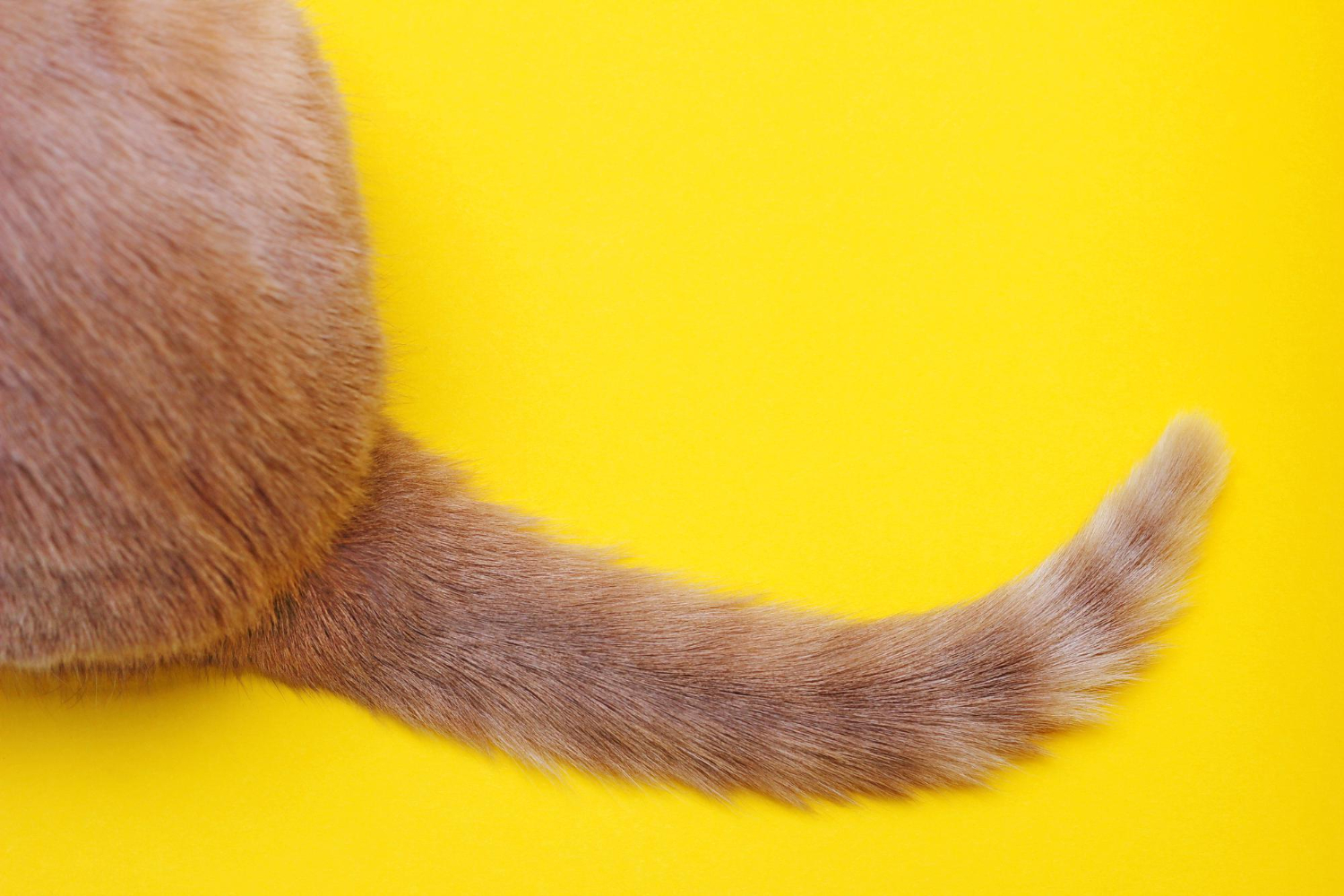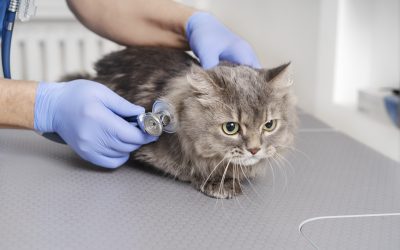Broken Cat Tail Signs & What to Do Next

Cats’ tails are not just charming; they play a crucial role in balance, communication, and expressing personality. While they often flick and twitch with confidence, tails can also be susceptible to injuries. Understanding the basics of cat tail injuries can help you know when to intervene, when to contact the vet, and how to keep your feline friend comfortable and safe.
Understanding Cat Tail Injuries
A cat’s tail is made up of a fascinating combination of tiny bones, muscles, and nerves, giving it both flexibility and vulnerability. Tail injuries can occur during playful tumbles, accidents with doors, or adventurous missteps. These injuries can vary in severity, ranging from mild bruises to more serious fractures or nerve damage.
Common Cat Tail Injuries
Just like the rest of a cat’s body, tails are tough but not invincible. Here are the most common tail injuries and what to look out for:
- Bruises and Scrapes: These minor injuries can happen from rough play or small accidents. You may notice some tenderness or a slight limp, but these typically resolve on their own.
- Fractures and Dislocations: Broken or dislocated tails can happen if a tail gets caught in a door or pulled too hard. Symptoms include a limp and painful tail or a noticeable kink.
- Lacerations and Cuts: Sharp objects or catfights can leave painful cuts that need cleaning to avoid infection.
- Nerve Damage: Serious injuries can cause nerve damage, resulting in a drooping tail or loss of sensation. Cats may struggle to lift their tails or use the litter box.
In the VCA hospital article, veterinarians further explained that: “If the nerves that control urination and defecation are injured, your cat may become incontinent. With time, nerve function may return; however, some cats remain unable to control their bladder or bowels. Nerve damage may also cause the tail to hang limply. The cat may not be able to move her tail or even raise it when having a bowel movement. Skin infections may be a secondary problem with limp tails. If you notice that your cat cannot flick or move her tail and it hangs limply, consult your veterinarian.”
Spotting Signs of a Tail Injury
Cats are pros at hiding pain, but you can spot a tail injury by watching for these symptoms:
- A limp or drooping tail
- Swelling, bruising, or obvious kinks
- Pain or sensitivity when touched
- Excessive grooming of the tail
- Changes in behavior, like hiding or avoiding touch
What to Do if Your Cat’s Tail Is Hurt
Stay calm—panicking won’t help your furry friend! Here’s what you can do:
- Check for Obvious Injuries: Look for cuts, swelling, or deformities. Be gentle and watch for pain.
- Limit Movement: Keep your cat calm and in a safe space.
- Apply a Cold Compress: For swelling, gently apply a wrapped ice pack.
- Don’t Try to Fix It Yourself: Never pull or straighten a tail—it can make things worse!
- Call the Vet: If the injury appears serious or your cat is in pain, seek veterinary care immediately.
When to Call the Vet
Even if your cat acts tough, some tail injuries need a professional’s touch. Head to the vet if you notice:
- A limp or lifeless tail
- Severe swelling or open wounds
- Signs of nerve damage, like trouble using the litter box
- Ongoing pain or behavior changes
Preventing Tail Injuries
Accidents happen, but you can reduce the risk:
- Watch doors and windows carefully
- Be gentle when handling your cat
- Avoid rough play
- Keep sharp objects and hazards out of reach
Can Odie Pet Insurance Provide Coverage?
Depending on the specific policy, pet insurance can cover the diagnosis, treatment, and management of a broken cat tail.
Reimbursement
This method is the most common for pet insurance companies. You pay out of pocket for the veterinarian bill, and then the insurance company reimburses you for what’s covered under the insurance plan. The steps look like this.
- You pay the vet bill after your cat’s visit.
- You fill out the pet insurance claim form.
- Submit the claim form and other required documentation to the insurer.
- After the claim is approved, you will be reimbursed for eligible expenses.
Odie’s Illness and Injury pet health insurance plan offers comprehensive coverage for your cat.
What Does Odie Pet Insurance Cover?
Pet insurance covers various veterinary expenses, providing financial protection and peace of mind for pet owners. Here are the details of the coverage options offered by Odie Pet Insurance:
Illness & Injury Plan
The Illness & Injury Plan is an all-inclusive insurance plan designed to cover a wide range of medical needs for your pet. This plan includes comprehensive coverage for various illnesses, injuries, and veterinary services. Some of the covered items include:
- Veterinary exams and consultations
- Diagnostics (e.g., X-rays, lab tests)
- Prescribed medications
- Surgeries and hospitalization
- Rehabilitation, acupuncture, or chiropractic treatments
- Medically necessary supplies
- Euthanasia and cremation
The Wellness Plan
The Wellness Plan is a monthly membership that focuses on preventive care and covers routine veterinary services.
- Provides reimbursements for routine care items such as wellness visits (exams and vaccines), testing and parasite prevention, dental cleanings and at-home dental care, vitamins, supplements, and more.
- Through Odie’s partnership with Petivity, a leader in smart pet products and proactive care, Wellness Plan members can also receive reimbursements for Petivity devices and health kits, as well as eligible Purina food and supplements.
- Total reimbursement up to $700 per year.




